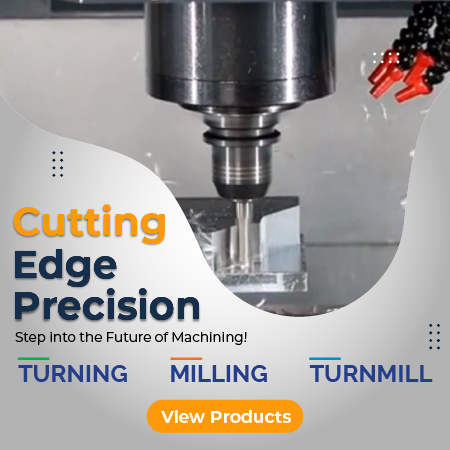Understanding CNC Machine Rigidity: A Key to Precision Manufacturing
When it comes to CNC machining, rigidity is one of the most critical factors influencing the overall performance of a machine. For manufacturers, especially those dealing with high-precision industries like aerospace, automotive, oil and gas, and medical devices, rigidity directly impacts the accuracy, repeatability, and surface finish of machined components. But what exactly is rigidity, and why does it matter so much in CNC machines? Let’s break it down.
What is CNC Machine Rigidity?
Rigidity refers to the stiffness and stability of the CNC machine structure under different machining conditions. When we talk about a machine’s rigidity, we are essentially describing its ability to resist deflection, vibration, and deformation during the cutting process. In simple terms, the more rigid a machine is, the better it can withstand cutting forces without losing precision.
CNC machine rigidity comes from several key components, including:
- Machine Base and Structure: Typically made from cast iron or other heavy materials, the base provides a stable foundation. A solid, well-designed structure reduces vibrations.
- Spindle Assembly: A rigid spindle assembly maintain tool position accuracy under high-speed or high-force machining.
- Guideways and Ball Screws: Precision in motion is achieved with hardened guideways and ball screws that are free from play or movement.
- Tool Holder and Fixtures: These components should have minimal flex under load, ensuring the tool’s position stays consistent during machining.
Why is Rigidity Important in CNC Machines?
1. Precision and Accuracy
For applications that require tight tolerances, even the smallest deflection in a machine’s structure can lead to inaccuracies. A rigid CNC machine maintains precision by minimizing deflection, ensuring the final part adheres to the required specifications.
2. Surface Finish
When a machine experiences vibration or chatter, it often leaves marks or imperfections on the part’s surface. High rigidity helps produce smooth finishes, which is particularly important for industries like die mould, aerospace or medical, where quality is non-negotiable.
3. Longer Tool Life
Machine rigidity reduces the vibration transferred to cutting tools, helping extend their lifespan. This means manufacturers can save on tool costs while maintaining consistent performance during production.
4. Faster Machining and Higher Throughput
A rigid CNC machine can handle higher feed rates and deeper cuts without compromising accuracy. This leads to increased productivity since more material can be removed in less time, boosting overall throughput.
Factors Influencing CNC Machine Rigidity
1. Machine Design and Material:
The use of heavy materials like cast iron for the base and frame increases the machine’s stiffness. However, the design also plays a crucial role. A well-designed machine distributes cutting forces evenly, minimizing the chances of deflection.
2. Spindle Speed and Power:
Higher spindle power allows machines to cut through tough materials, but this requires greater rigidity to prevent any loss of precision. Machines with weak rigidity may struggle at high speeds or with tougher materials like hardened metals.
CNC machine rigidity plays an indispensable role in high-precision manufacturing. It directly influences the quality of parts, the efficiency of operations, and the longevity of tools and machines. Manufacturers seeking top-tier performance must prioritize rigidity when selecting and maintaining their CNC equipment. By understanding and optimizing rigidity, companies can not only improve their machining processes but also gain a competitive edge in today’s demanding manufacturing environment.



